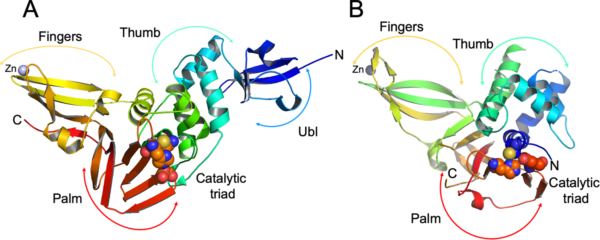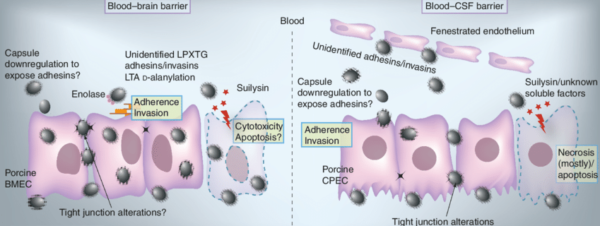Introduction:
The Hh/Wnt signaling set is a crucial developmental pathway that plays a fundamental role in embryogenesis, tissue homeostasis, and adult stem cell regulation. These intricate signaling pathways, named after the hedgehog (Hh) and Wnt proteins, are intertwined, functioning together to guide cellular growth, differentiation, and patterning. In this blog post, we will explore the fascinating world of the Hh/Wnt developmental pathway set, unraveling its key components, mechanisms, and significance in normal development and disease.
Understanding the Hh/Wnt Signaling Set:
Hedgehog (Hh) Signaling:
The Hh signaling pathway plays a critical role in embryonic development, stem cell maintenance, and tissue regeneration. Hh proteins, including Sonic hedgehog (Shh), Indian hedgehog (Ihh), and Desert hedgehog (Dhh), bind to the Patched-1 (Ptch1) receptor, leading to the activation of the Smoothened (Smo) transmembrane protein. This initiates a cascade of intracellular events, ultimately resulting in the transcriptional regulation of target genes involved in cellular growth and differentiation.
Wnt Signaling:
Wnt signaling is a highly conserved pathway involved in embryonic development, tissue homeostasis, and stem cell regulation. Wnt proteins bind to frizzled (Fzd) receptors, leading to the activation of Disheveled (Dvl) and the inhibition of the β-catenin destruction complex. This allows the stabilization and accumulation of β-catenin, which then translocates to the nucleus, where it regulates the expression of target genes associated with cell proliferation, differentiation, and cell fate determination.
Crosstalk and Regulation:
The Hh and Wnt pathways exhibit intricate crosstalk and regulatory interactions, influencing each other’s activities and downstream effects. The Hh pathway can regulate the expression and secretion of Wnt proteins, while Wnt signaling can modulate the activity and localization of Hh pathway components. This crosstalk allows for precise spatial and temporal control of cellular processes during development and tissue homeostasis.
Developmental Significance:
The Hh/Wnt signaling set plays a vital role in numerous aspects of development, including body axis formation, limb development, neural tube patterning, and organogenesis. Dysregulation of these pathways can lead to congenital malformations, developmental disorders, and various types of cancer. Understanding the intricate mechanisms governing the Hh/Wnt pathway set provides insights into normal development and sheds light on potential therapeutic targets for associated diseases.
Therapeutic Potential:
Given the involvement of the Hh/Wnt signaling set in several diseases, targeting these pathways has emerged as a potential therapeutic approach. Inhibitors of pathway components, such as Smoothened inhibitors in Hh signaling and Wnt pathway modulators, are being explored for the treatment of developmental disorders and certain cancers. Additionally, manipulating the Hh/Wnt signaling set holds promise for regenerative medicine and tissue engineering applications.
Conclusion:
The Hh/Wnt signaling set is a complex developmental pathway that orchestrates cellular growth, differentiation, and patterning during embryonic development and tissue homeostasis. Understanding the intricacies of these pathways, their crosstalk, and the regulatory mechanisms involved provides valuable insights into normal development and disease pathogenesis. The therapeutic potential of targeting the Hh/Wnt signaling set opens up exciting possibilities for treating developmental disorders, cancers, and advancing regenerative medicine. As research progresses, we can expect further discoveries that will deepen our understanding and enable us to harness the full potential of these critical developmental pathways.
#developmentalpathway #proteins #hh/whtsignalingset

